The bulldozers have arrived at the National Butterfly Center in Mission, Texas, in preparation for their clearing 150 ft. on either side of the proposed border wall, gearing up to demolish a 900-year-old cypress tree. Contrary to promises from the Trump administration, the staff have been banned from accessing their private land on 70 of the center’s 100 acres, and have been told “it’s all government land now”.
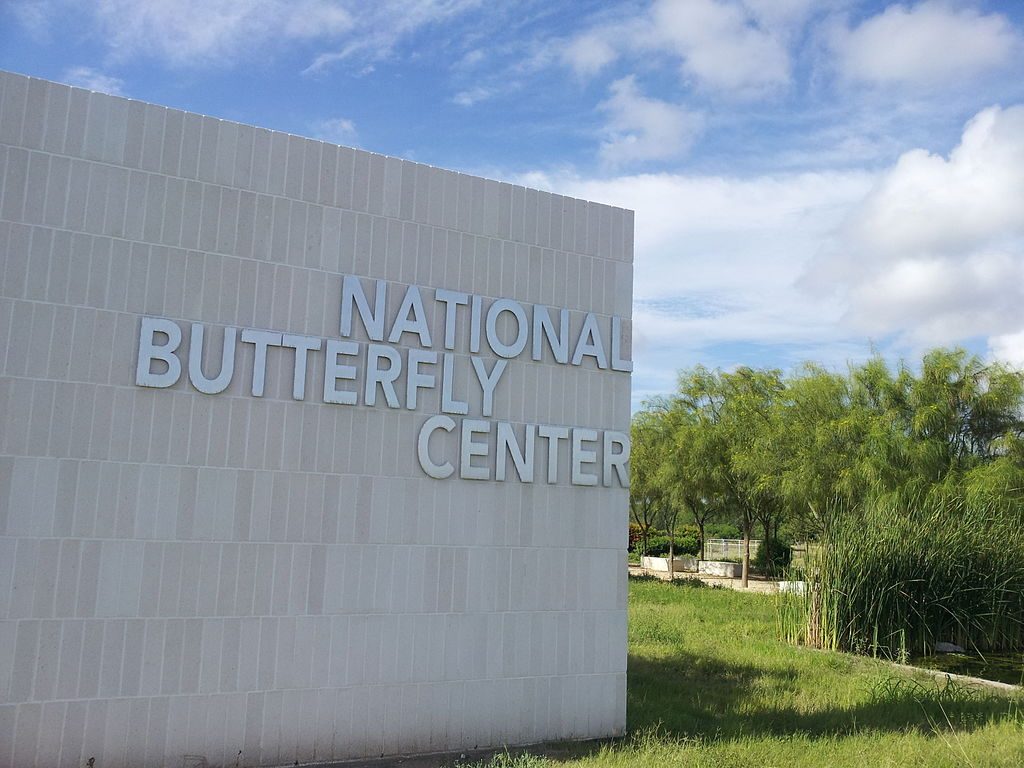
To the Esto’k Gna [ESH toke NAH] or Carrizo-Comecrudo Tribe of Texas, it’s not just the loss of a beloved wildlife habitat. Much of this land still belongs to the Esto’k Gna, who have a strong connection to the land and who feel a strong sense of responsibility to protect the graves of veterans and relatives who are buried here. They understand the connectedness of the pollinators, predators, and ecosystems whose very existence will certainly be destroyed if the Trump administration goes ahead with its plan to construct a border wall here.
The Esto’k Gna and others are engaging in Non-Violent Direct Action to protect their land and prevent the terrible destruction that a wall would cause here.
“Let me just start by saying: We’re still here,” spokesperson Juan Mancias began in the interview we taped with him recently. Many of us know very little about the Esto’k Gna, because bullies write the history according to their perceptions, and often leave out important information. In fact, the Esto’k Gna have a rich culture which they are revitalizing, and a history of many generations living in this area of Somi Se’k, along the “Texas-Mexico” border..
The name of their tribe derives from the Spanish word “carrizo”, as the people were observed building their homes from reeds, in actuality, sotol stems. But the Esto’k Gna is their Native language name for the people who traditionally lived in villages, visiting and trading with family and friends, on both sides of the Rio Bravo (the Spanish name for the Rio Grande River).
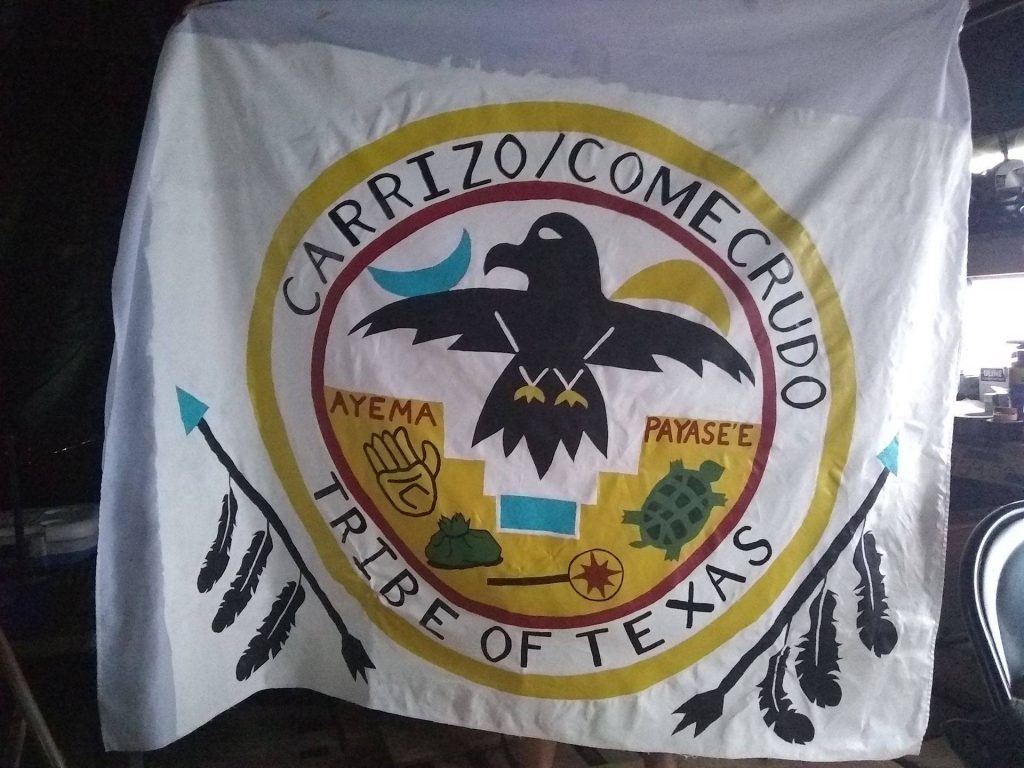
Funding for this section of the wall was approved by U.S. Congress in March 2018, and at least 28 laws, such as the Native American Graves Protection and Repatriation Act, the Endangered Species Act, and the Safe Drinking Water Act, were waived as part of the approval process. Although appeals ensued, in late 2018 the Supreme Court of the United States declined to repeal a lower court’s ruling, which allowed plans for the wall to advance.
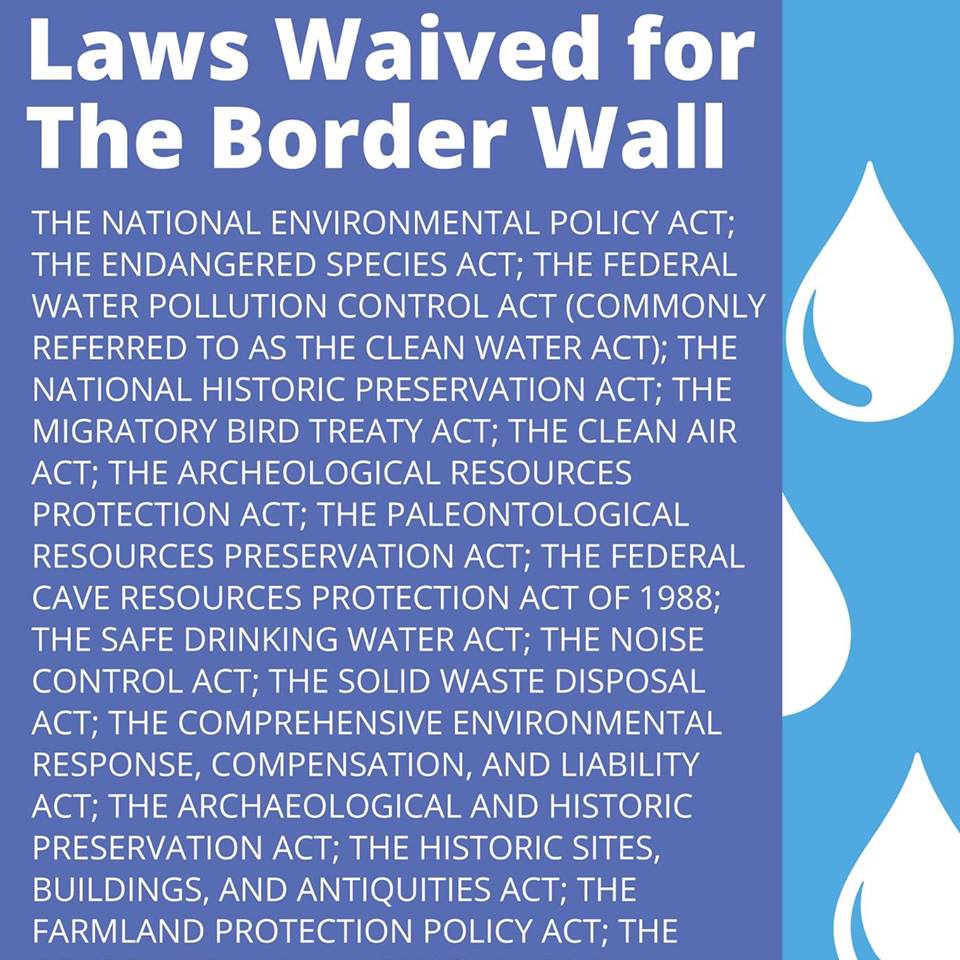
The Texas Observer recently reported that plans for the wall include a concrete base, 18′ of steel bollards, topped by industrial lighting that will shine all night long; this will devastate the natural rhythms of nocturnal wildlife.
When my husband and I spoke with the National Butterfly Center Director of Operations Max Muños in January 2019, he discussed many of the ongoing programs at the center, and the years of work it has taken to get to this point. Girl Scouts earn their Nature badges here, and adults and children from both sides of the river have the opportunity to learn about the plants and animals who thrive in the interdependent ecosystems here.
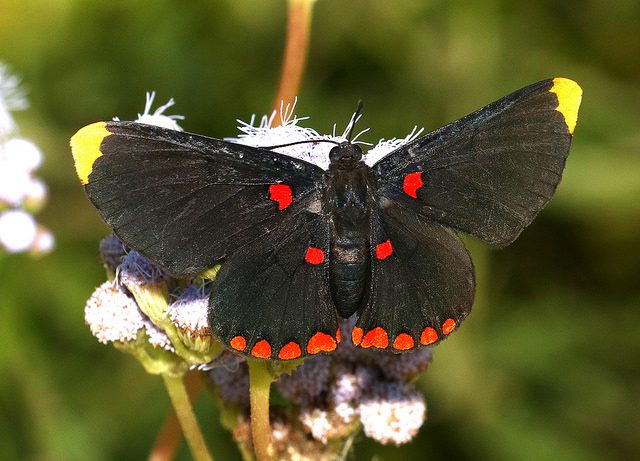
As a sign at the Butterfly Center informs us, a wall on the border would:
1) Eradicate an enormous amount of native habitat, including host plants for butterflies, breeding and feeding areas for wildlife and lands set aside for conservation of endangered and threatened species–including avian species that migrate or over-winter, here, in the tip of the Central US Flyway.
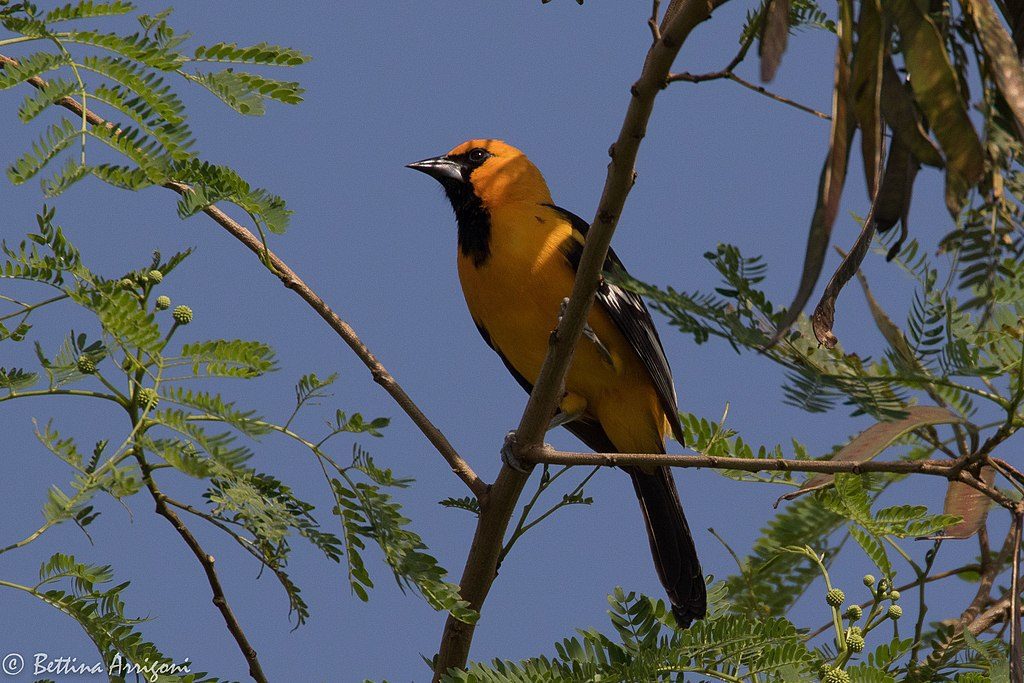
2) Create devastating flooding to all property up to 2 miles behind the wall, on the banks of the mighty Rio Grande River, here.
3) Reduce viable range land for wildlife foraging and mating. This will result in greater competition for resources and a smaller gene pool for healthy species reproduction. Genetic “bottlenecks” can exacerbate blight and disease.
IN ADDITION
4) Not all birds can fly over the wall, nor will all butterfly species. For example, the Ferruginous Pygmy Owl, found on the southern border from Texas to Arizona, only flies about 6 feet in the air. It cannot overcome a 30-foot vertical wall of concrete and steel.
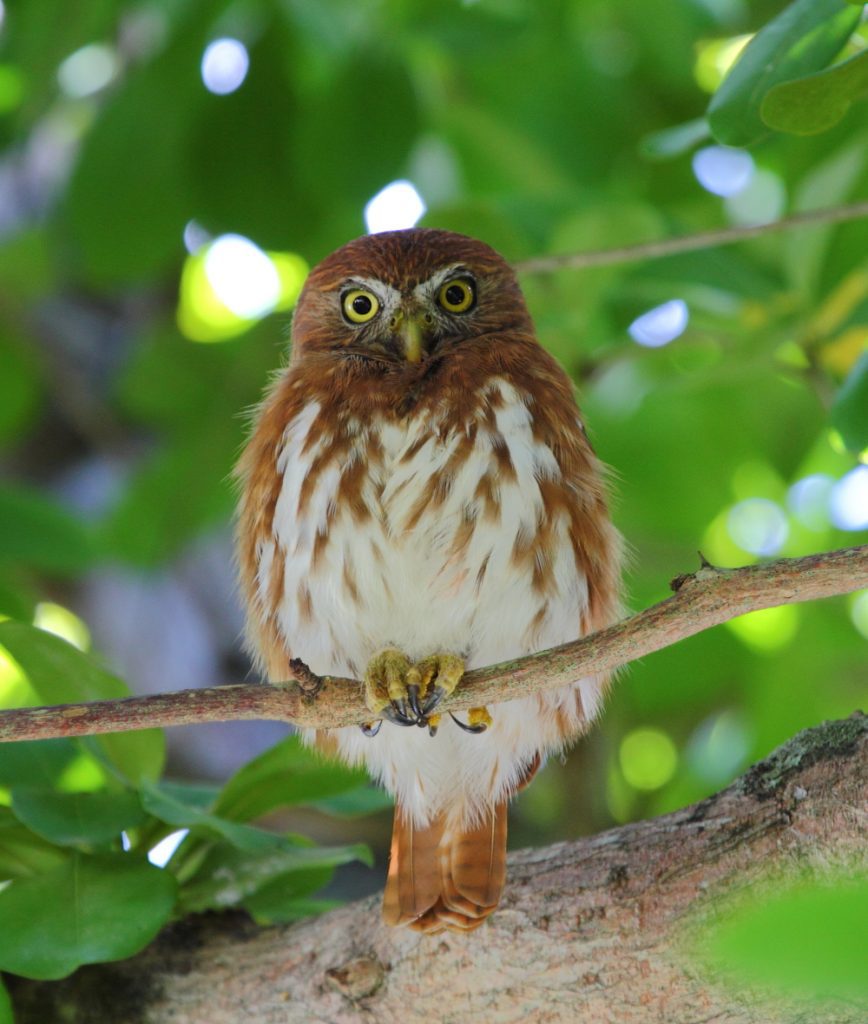
5) Nocturnal and crepuscular wildlife, which rely on sunset and sunrise cues to regulate vital activity, will be negatively affected by nighttime flood lighting of the “control zone” the Department of Homeland Security (DHS) Customs and Border Protection (CBP) will establish along the wall and secondary drag roads.
The expansion of these areas to vehicular traffic will increase wildlife roadkill.
6) Animals trapped north of the wall will face similar competition for resources, cut off from native habitat in the conservation corridor and from water in the Rio Grande River and adjacent areas. Humans, here, will also be cut off from our only source of fresh water, in this irrigated desert.
And, as people on both sides of the border told us, people know each other here and know what’s going on; a wall here would actually decrease border security, by limiting visibility and access to personnel, and by supplying a false sense of security.
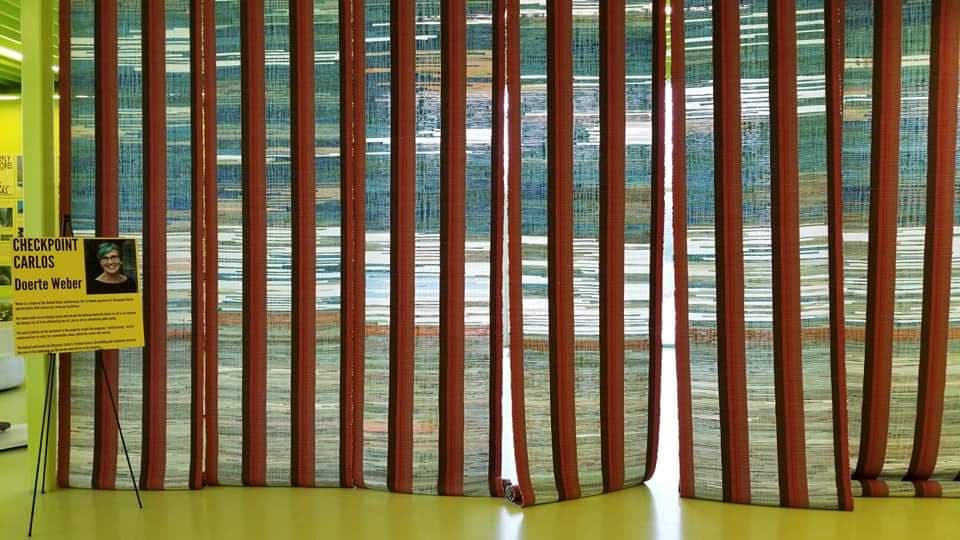
We are inextricably linked to the ecosystems around us; what fate befalls these plants and animals awaits us all.
To help support the Butterfly Center, the Esto’k Gna and allies in their efforts to educate people and prevent this tragedy from taking place, please call your Congressional representatives.
For more information, and how you can help, visit Somi Se’k Village Base Camp, a village on Carrizo tribal land outside of Floresville, Texas, and the base camp for actions in solidarity with the Carrizo Comecrudo tribe and their land, Somi Se’k on Facebook; http://www.campsarising.org; and the National Butterfly Center, Mission, Texas, a project of the North American Butterfly Association.
Janie Stein grew up in a family of conscientious peace activists and attempts to carry on that tradition, working on intersectional social justice, along with her husband Martin Bates, a 20 year USAF Veteran For Peace, and long-time human rights activist.
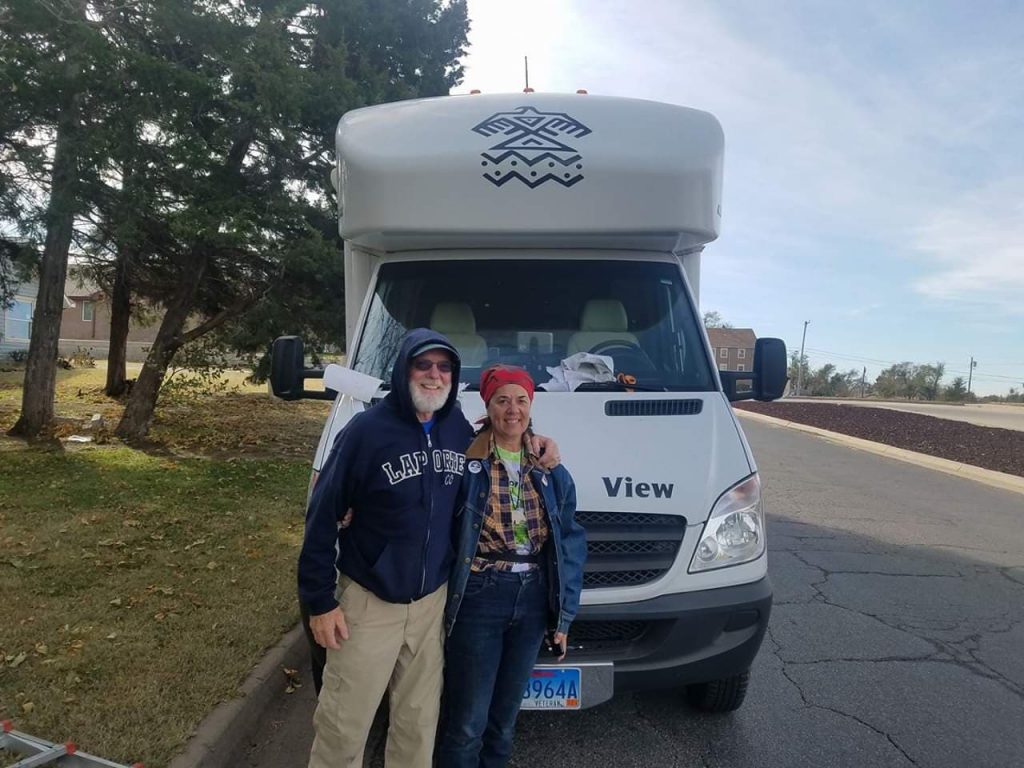
border wall Carrizo Comecrudo Tribe Esto'k Gna migration Rio Grande River Somi Se'k Village
This is horrific. I am sick over it.
Yes, it is. Please donate a little to help support the camps if you can, and spread the word! Thanks!
Thank you, Janie Stein and the Esperanza Project, for producing and sharing another meaningful contribution to our awareness!!
Thanks to you, Talli, your words and your good work mean a lot to us!